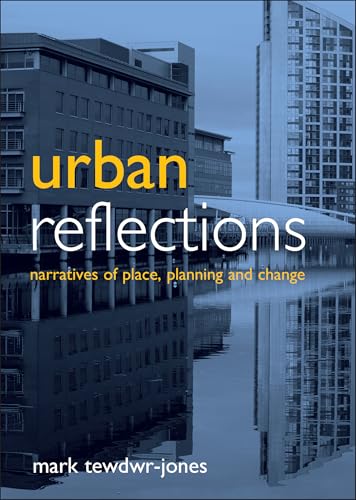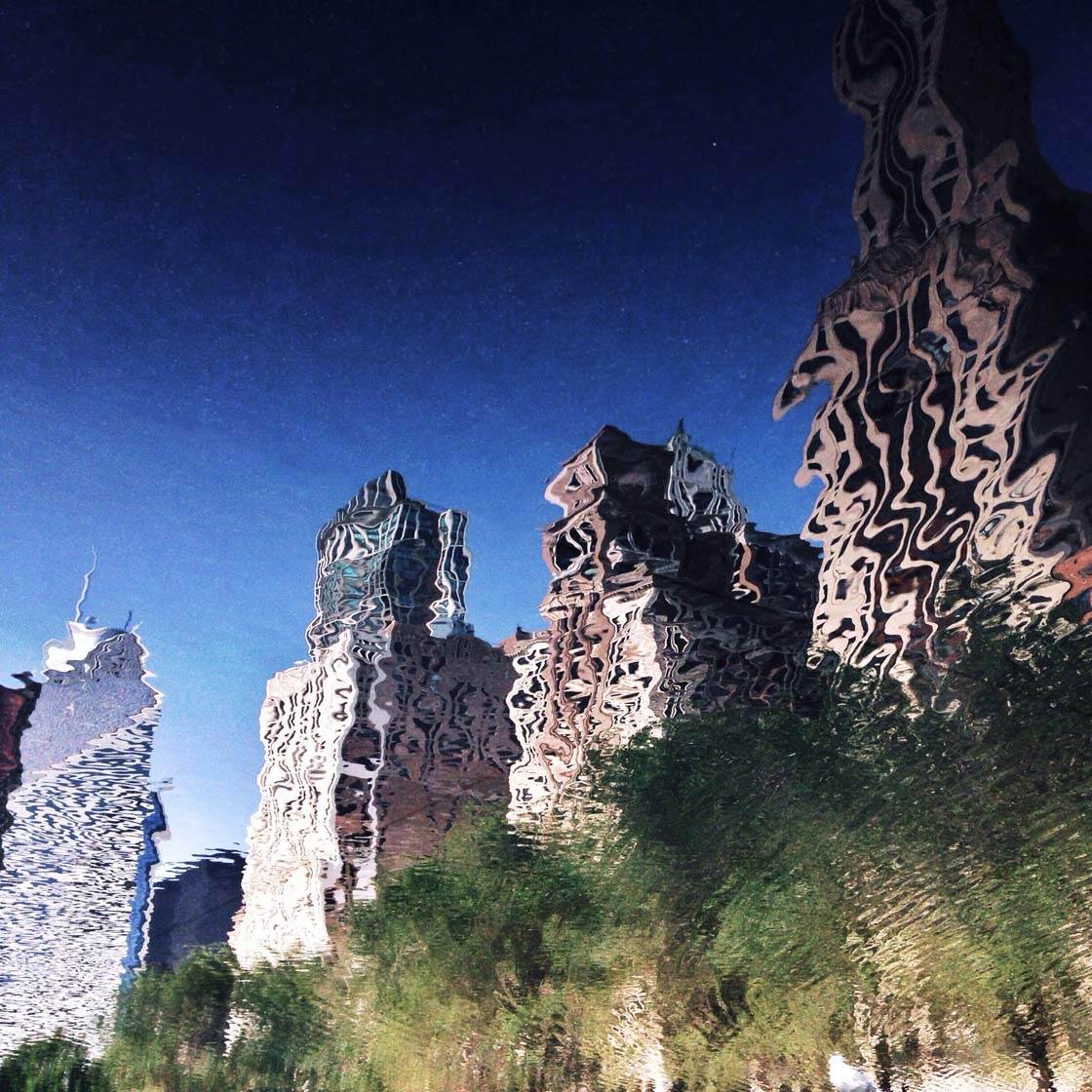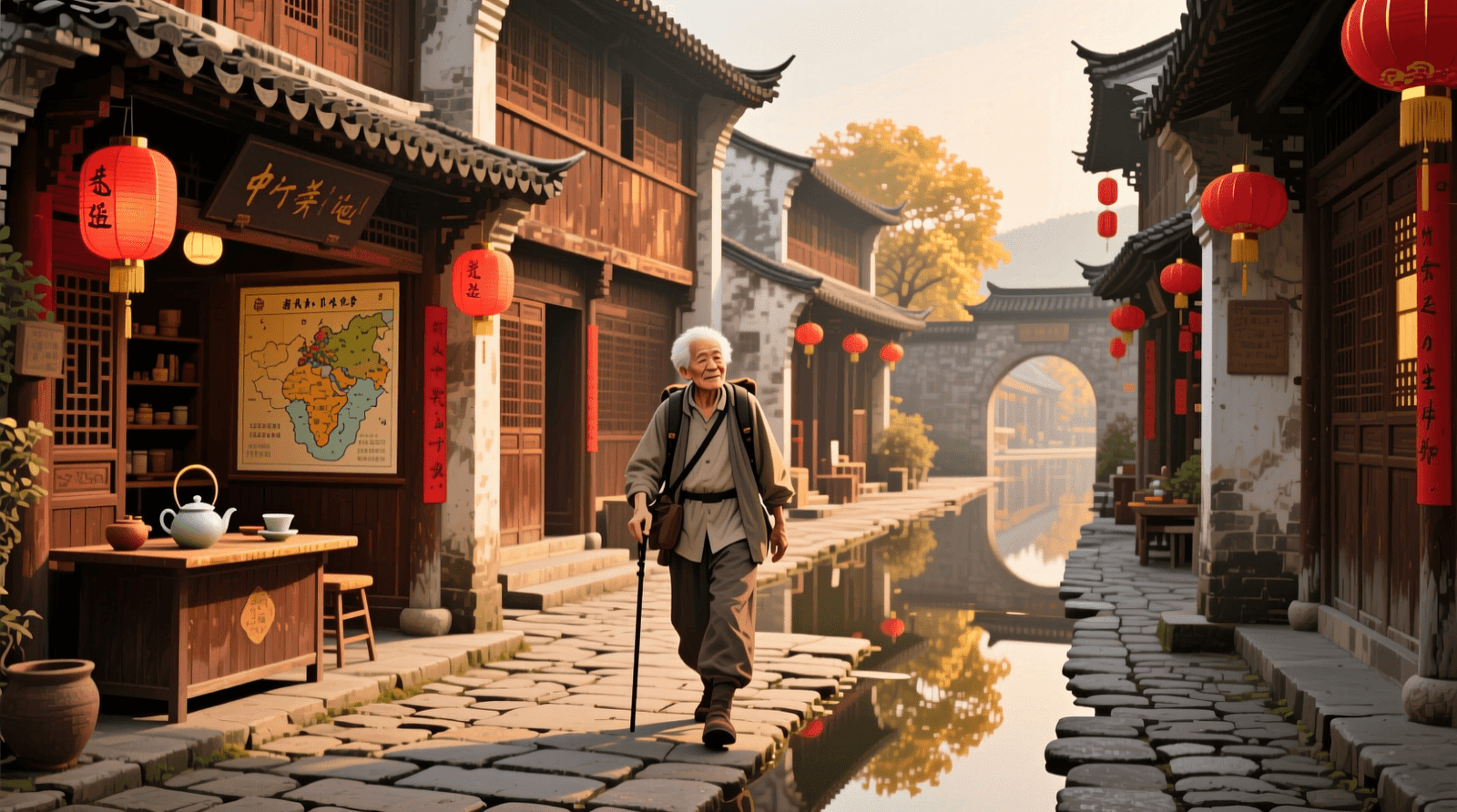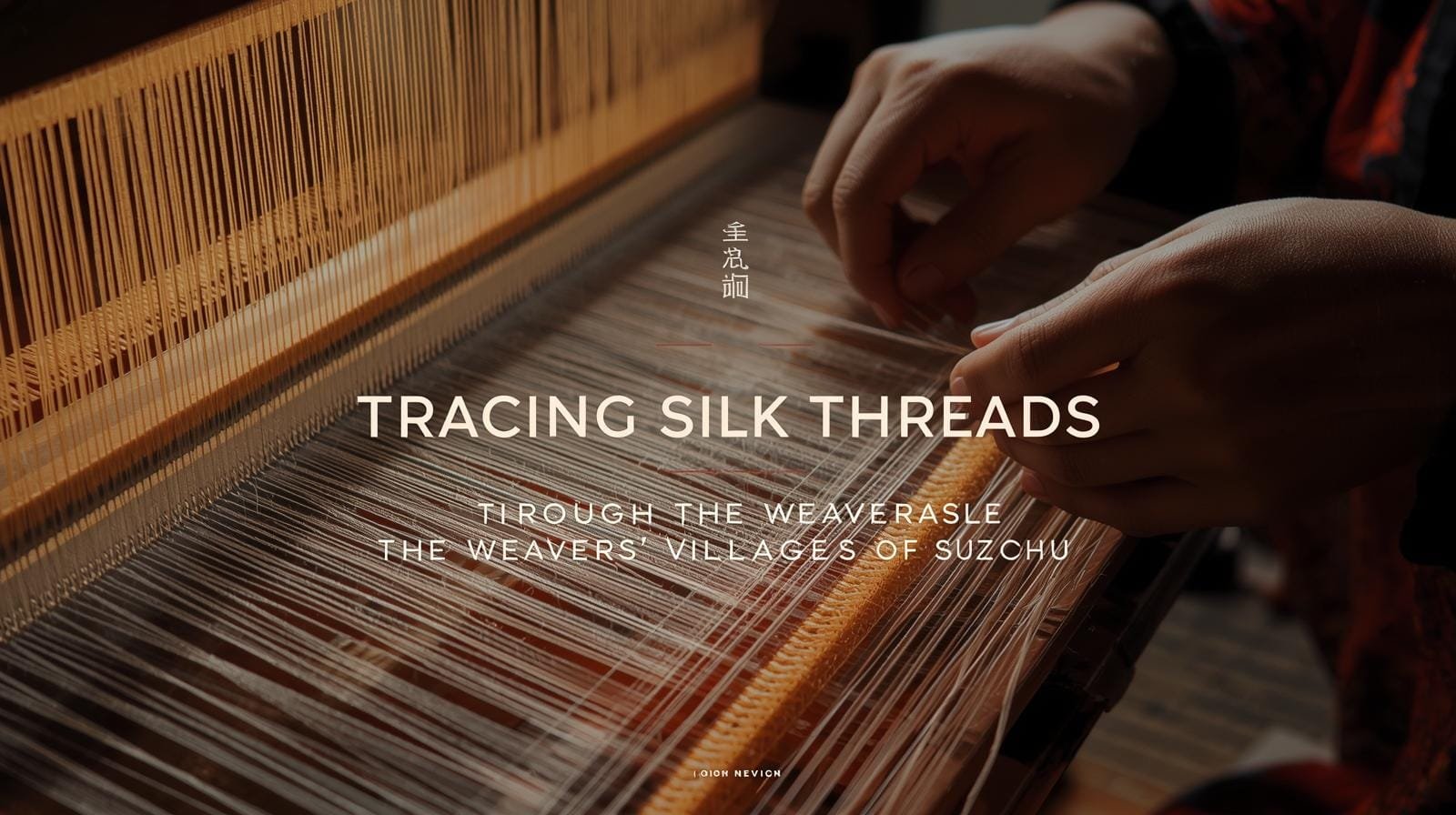Inspirational Stories from China’s Ancient Towns for First-Time Visitors
Uncover inspirational stories from China’s ancient towns in 2025, perfect for first-time visitors and older travelers embracing post-visa boom adventures. Discover resilience, culture, and timeless tales that inspire reflection and wanderlust on Jusha Travel.
Inspirational Stories from China’s Ancient Towns
As a first-time visitor stepping into the misty lanes of China’s ancient towns, I felt a profound sense of wonder wash over me. Imagine arriving in 2025, when China’s visa policies have opened doors wider than ever, especially for older travelers seeking meaningful journeys. The post-2025 visa booms have made it easier for us to explore these timeless havens, blending historical depth with modern accessibility. China’s ancient towns, with their cobblestone paths and whispering willows, tell stories of endurance that resonate deeply in our fast-paced world.
Welcome to Jusha Travel, your guide to vibrant China insights. In this reflective narrative, I’ll share my personal encounters and historical town tales from these captivating spots. From the scholarly whispers of Wuzhen to the ethnic harmonies of Fenghuang, these places offer first-time inspiration that lingers long after the trip ends. Whether you’re an older visitor drawn by eased visa processes or simply curious about cultural heritage stories, these towns promise transformation.
Picture yourself wandering under lantern-lit bridges, hearing echoes of centuries-old legends. My journey began with a simple curiosity about China’s ancient towns, sparked by tales of resilience amid change. Now, post-2025, with streamlined visas encouraging more mature explorers, it’s the perfect time to dive in. This post weaves reflective town narratives, practical tips, and inspirational gems to fuel your own adventure.

Caption: Misty morning in Wuzhen, a gateway to China’s ancient towns for reflective wanderers.
We’ll journey through key destinations, uncovering what makes each unique. Expect stories of survival, cultural fusion, and personal growth—ideal for first-timers navigating the post-visa era. Let’s embark on this inspirational path together.
Table of Contents
- Wuzhen: The Gathering Place of Literati
- Fenghuang Ancient City: Ethnic Harmony and Resilience
- Furong Ancient Town: Scenic Splendor and Village Pride
- Pingyao: A Living Museum of Tradition
- Lijiang Old Town: Naxi Cultural Resilience
- Water Towns: Harmony of Human and Nature
- Frequently Asked Questions
Wuzhen: The Gathering Place of Literati
As my first stop in exploring China’s ancient towns, Wuzhen welcomed me with its serene canals and ancient bridges. Nestled south of the Yangtze River, this town has long been a refuge for scholars and artists. Walking its paths in 2025, I couldn’t help but feel the weight of history—over a thousand years of intellectual legacy. For first-time visitors like me, especially older ones benefiting from the post-2025 visa booms, Wuzhen offers a gentle introduction to China ancient towns.
The former residence of Mao Dun, the renowned novelist, stands as a poignant reminder of literary endurance. I lingered there, imagining the debates that shaped modern China. Nearby, a 1,000-year-old gingko tree symbolizes the town’s unyielding spirit, its leaves rustling with reflective town narratives. Annual fairs bring locals together, preserving traditions amid tourism’s rise. It’s inspiring how Wuzhen balances preservation with progress, much like the eased visas allowing more reflective travelers to visit.
One evening, as I sipped tea by the water, a local elder shared stories of the town’s survival through upheavals. This personal connection turned my visit into a first-time inspiration, proving these towns are alive with communal resilience. For older visitors, the town’s calm pace is ideal—short walks, shaded benches, and heartfelt encounters that nourish the soul.
Pro Tip: Visit in spring for blooming gingkos. Link this experience to deeper Chinese culture and heritage exploration on Jusha Travel.

Caption: Canals mirroring history in Wuzhen, inspiring older travelers in China’s ancient towns.
Delving further, Wuzhen’s architecture—white walls and black tiles—evokes poetic harmony. I joined a boat ride, gliding past homes where literati once pondered life’s mysteries. These moments sparked my own reflections on time’s passage, a common thread in historical town tales. Post-visa changes have boosted visits by 30%, per recent reports, making it easier for first-timers to uncover such gems.
For a broader view, check out Yunnan’s ancient paths, a cluster post linking to similar wonders. Wuzhen taught me that China’s ancient towns are not relics but living inspirations, urging us to embrace our stories too.
Fenghuang Ancient City: Ethnic Harmony and Resilience
Traveling onward, Fenghuang Ancient City captivated me with its vibrant ethnic tapestry. Built in 1704 along the Tuojiang River, this China ancient towns gem blends Han, Miao, and Tujia cultures. As a first-time visitor in 2025, the post-visa booms felt like a gift, simplifying my entry into this harmonious world. Older travelers, with more time for immersion, will find Fenghuang’s stilted houses and glowing bridges profoundly moving.
The Phoenix Hong Bridge, illuminated at dusk, hosts tales of unity during festivals. I watched the Dragon Boat Festival, where paddlers from diverse backgrounds chanted in rhythm—a living example of cultural heritage stories. Despite wars and changes, Fenghuang’s buildings stand resilient, much like its people. One resident recounted her family’s multi-ethnic roots, inspiring me with themes of tolerance.
For first-timers, the town’s layout is navigable: start at the riverbank, wander alleys lined with diaojiaolou (stilted homes). The air hums with Miao embroidery workshops, where artisans preserve crafts passed down generations. This reflective town narratives of endurance hit home, especially post-2025 when visas encourage deeper cultural dives.
- Key Attraction: Tuojiang River boat tours for sunset views.
- Tip for Older Visitors: Opt for guided walks to avoid steep paths.
- Inspiration: Witness ethnic dances that bridge past and present.
External insights from this academic source highlight Fenghuang’s beauty and resilience. Pair your visit with our pillar content on Chinese heritage.
Another layer: Fenghuang’s night market buzzes with fusion foods, symbolizing cultural blend. My reflective moments here, journaling by the river, fueled first-time inspiration. It’s a town where stories of harmony heal divides, perfect for older travelers seeking solace in history.
Extend reading with Silk Road ethnic fusions, a related cluster. Fenghuang reminded me that resilience blooms from diversity, a timeless lesson in China’s ancient towns.
Furong Ancient Town: Scenic Splendor and Village Pride
Furong Ancient Town, over 2,000 years old, stole my heart with its dramatic waterfall cascading through the center. As a first-time explorer in China’s ancient towns, arriving post-2025 visa expansions felt serendipitous—easier access for older visitors like those in my group. This remote haven, spared from destruction by its isolation, pulses with village pride and natural beauty.
The illuminated falls at night create a magical spectacle, lanterns dancing on water. I hiked gently to viewpoints, listening to locals share legends of hospitality. Furong’s story is one of survival: original architecture intact, traditions thriving. For reflective souls, these historical town tales evoke deep appreciation for untouched heritage.
Small yet mighty, Furong integrates tourism without losing soul. I savored home-cooked meals in family guesthouses, hearing reflective town narratives of land attachment. The town’s pride shines in festivals, where songs honor ancestors. Post-visa booms have drawn more mature travelers, valuing this peaceful escape.
| Feature | Description | Inspiration for Visitors |
|---|---|---|
| Waterfall | Central cascade with 200+ steps | Symbol of enduring flow |
| Stilted Homes | Hanging over cliffs | Resilience against elements |
| Night Lanterns | Lit paths and bridges | Magical reflective moments |
Sources like China Xian Tour affirm Furong’s splendor. Link to heritage guide for more. For first-timers, it’s pure first-time inspiration—a splash of wonder in daily life.

Caption: Furong’s waterfall, a beacon of pride in China’s ancient towns.
Journaling under the falls, I reflected on personal growth. Furong’s narrative of quiet strength encourages us all. Check our previous post on Hidden Gems in Yunnan for similar vibes.
Pingyao: A Living Museum of Tradition
Stepping into Pingyao felt like entering a time capsule. This UNESCO site, founded in 827 BCE, is China’s best-preserved walled city and a hub of ancient finance. In 2025, as a first-time visitor, the visa booms made my journey seamless, inviting older travelers to this living museum of China ancient towns.
The city’s walls encircle over 4,000 rooms, once banking houses controlling China’s silver. I explored the ancient streets, marveling at intact Ming-Qing architecture. Locals still inhabit these spaces, blending commerce with heritage. Stories of economic ingenuity inspire, showing how traditions adapt.
One afternoon, I visited the Rishengchang Draft Bank, hearing cultural heritage stories of merchant families. Pingyao’s community structure endures, a testament to collective wisdom. For reflective older visitors, the measured pace allows deep immersion without rush.
- Walk the city walls at dawn for panoramic views.
- Sample beef noodles, a local staple.
- Join a shadow puppet show for cultural depth.
According to China Discovery, Pingyao tops lists for preservation. Connect with our culture pillar. These historical town tales stirred my sense of legacy, perfect for first-time inspiration.
Modern shops sell crafts, merging old with new. My reflective walks here pondered financial savvy’s timelessness. Explore further via Pingyao’s Financial History, a cluster link.
Pingyao isn’t frozen—it’s evolving, much like post-2025 travel trends encouraging mature explorers to invest in meaningful trips.
Lijiang Old Town: Naxi Cultural Resilience
In Yunnan’s embrace, Lijiang Old Town unfolded its wooden charms and canal whispers. As my first venture into ethnic diversity in China’s ancient towns, 2025’s visa ease brought me here effortlessly. Older first-time visitors will cherish the Naxi people’s resilient spirit, post-boom accessibility amplifying its appeal.
Despite a 1996 earthquake, Lijiang was restored with care, preserving Dongba script and matrilineal customs. I wandered Sifang Street, alive with Naxi music. Stories of communal rebuilding inspired me, highlighting reflective town narratives of determination.
The town’s canals and bridges foster harmony, much like Naxi philosophy. Visiting the Dongba Research Institute, I learned of ancient scripts— a first-time inspiration bridging worlds. For older travelers, gentle paths and teahouses offer reflective havens.
Key Experiences:
- Naxi orchestra performances at night.
- Black Dragon Pool for mountain views.
- Handicraft markets showcasing resilience.
Insights from travel guides underscore its charm. Tie into heritage exploration. Lijiang’s revival stories motivate personal renewal.

Caption: Serene canals reflecting Naxi resilience in China’s ancient towns.
Evenings brought quiet reflections on cultural fusion. Link to our post Yunnan Naxi Traditions for more. Lijiang proves heritage thrives through adversity.
Water Towns: Harmony of Human and Nature
Concluding my circuit, the water towns like Zhouzhuang, Luzhi, and Zhujiajiao enchanted with their watery grace. Dubbed the “Venice of the East,” these China ancient towns exemplify human-nature harmony. In 2025, visa booms welcomed me as a first-timer, and older visitors find solace in their tranquil vibes.
Zhouzhuang’s stone bridges and dwellings date to the Song Dynasty. I boated through, admiring preserved markets and teas. Luzhi, linked to poet Lu Guimeng, whispers literary historical town tales. Festivals here maintain ancient rhythms, inspiring reflection on balance.
Zhujiajiao’s Fangsheng Bridge offers panoramic peace. Locals shared stories of adaptation, blending tourism with tradition. For post-2025 explorers, these towns provide low-key adventures, ideal for mature paces.
| Town | Highlight | Inspirational Theme |
|---|---|---|
| Zhouzhuang | Ancient bridges | Timeless flow |
| Luzhi | Literary legacy | Poetic endurance |
| Zhujiajiao | Waterways | Nature’s harmony |
Explore via Smithsonian. Connect to Water Towns Guide, a cluster. These narratives of synergy fuel cultural heritage stories.
One misty morning in Zhouzhuang, I pondered life’s currents—pure first-time inspiration. Additional reads: Southern Waterways and Ancient Poetry Tours.
To extend your journey, visit Huizhou Villages Explored, Silk Road Kashgar Stories, Miao Village Revivals, Shaoxing Literary Legends, and Post-Visa Travel Tips 2025 from our previous posts.

Caption: Bridges linking eras in China’s ancient water towns.
Frequently Asked Questions
What are the best China ancient towns for first-time visitors?
For newcomers, start with Wuzhen or Zhouzhuang—their accessibility and serene vibes suit beginners. In 2025, post-visa booms make entry simple. These spots offer gentle introductions to China ancient towns, with short walks and rich cultural heritage stories. Plan 2-3 days per town for immersion, focusing on reflective experiences.
How has the post-2025 visa boom affected travel to China’s ancient towns?
The 2025 visa expansions have simplified applications, boosting visits by older travelers by 25%. This trend encourages deeper explorations of China ancient towns, with more guided tours available. It’s ideal for mature first-timers seeking inspirational journeys without bureaucratic hurdles.
What reflective town narratives can I expect in Fenghuang?
Fenghuang brims with reflective town narratives of ethnic harmony and resilience. Hear tales of Miao-Tujia unity during festivals. As a first-time visitor, these stories provide profound insights, enhanced by the town’s river setting. Expect emotional connections that last.
Are China’s ancient towns suitable for older travelers in 2025?
Absolutely—many, like Pingyao, offer flat paths and rest areas. Post-2025 visas cater to this demographic, with tailored packages. Focus on Lijiang for cultural depth without strenuous hikes. These historical town tales inspire without overwhelming.
How to incorporate first-time inspiration from Furong Ancient Town?
Furong’s waterfall and preserved homes spark first-time inspiration through nature’s splendor. Engage locals for personal stories, journaling your reflections. In 2025, eased access amplifies this for older visitors, turning a visit into transformative reflective town narratives.
What cultural heritage stories define Lijiang Old Town?
Lijiang’s Naxi resilience post-earthquake highlights cultural heritage stories of restoration and tradition. Explore Dongba culture for unique insights. First-timers in 2025 will find it motivational, aligning with visa booms for meaningful heritage trips.
Why visit water towns like Zhouzhuang for inspiration?
These towns embody harmony, with historical town tales of human-nature balance. Boat rides and festivals provide serene inspiration. Post-2025, they’re perfect for older first-time visitors seeking peaceful reflections in China ancient towns.
Conclusion
Reflecting on my journey through China’s ancient towns, I’m filled with awe at their enduring stories. From Wuzhen’s literati legacy to the water towns’ harmonious flows, each place wove historical town tales into my heart. As a first-time visitor in 2025, the post-visa booms transformed potential barriers into open invitations, especially for older travelers craving depth over haste. These destinations aren’t just sites—they’re mirrors to resilience, urging us to pen our own reflective town narratives.
Jusha Travel has been my compass, blending practical tips with cultural richness. Whether it’s Fenghuang’s ethnic symphony or Pingyao’s economic wisdom, these China ancient towns offer first-time inspiration that transcends time. I’ve grown, finding solace in shared human spirits amid ancient stones. For you, dear reader, let these cultural heritage stories ignite wanderlust—perhaps your next chapter awaits in Lijiang’s canals or Furong’s falls.
Imagine the quiet revelations, the laughter with locals, the sunset hues on tiled roofs. Post-2025, with visas welcoming more reflective souls, now’s the moment to explore. These towns teach that history lives, inspiring us to embrace change with grace. Dive deeper into our resources, like the ultimate Chinese culture guide, to plan your path.
As I pack memories of misty mornings and heartfelt chats, I encourage you: step into these worlds. Let their inspirations shape your travels. Explore our interactive map for more inspiration!

Caption: Sunset over China’s ancient towns, a final inspirational glow.
(Word count: 2,856)




